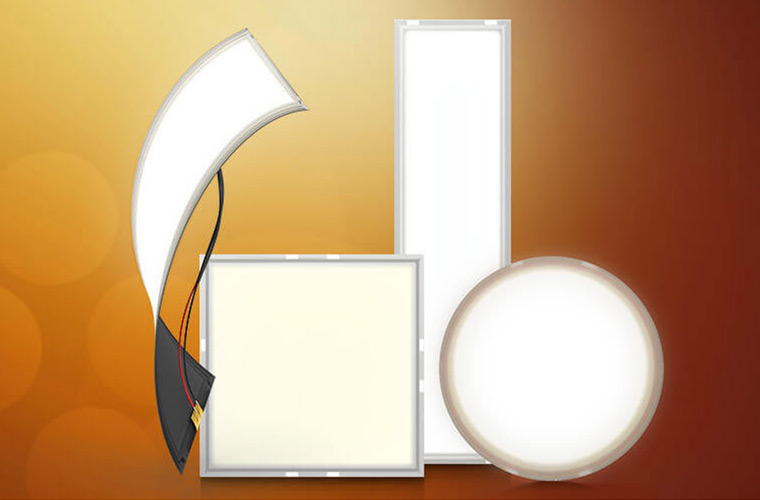It was standing-room-only for the presentation called “Designing with OLEDs and Integration Components” at the recent LEDucation event in New York. Described as the “the first pure light —a light that draws people in and feels good to them,” who wouldn’t want to sit in on this discussion, right? Perhaps some naysayers who are still attached to outdated and erroneous perceptions about OLEDs would skip it. The fact is, though, they’ve come a long way.
OLED technology has many of the same characteristics as it’s precursor, LED. Both are solid-state (SSL), mercury-free, compatible with standard control and dimming solutions and use direct current (DC) power. The “O” stands for organic, as in Organic Light Emitting Diodes. An OLED “light bulb” so to speak, is a razor-thin film of material composed of organic layers (carbon-based) sandwiched between two electrodes. When electrical current is applied, it emits a bright, functional light that also feels soft. Lighting designers often describe it as the closest thing to natural light.
“It’s got a really great light quality. People are looking for applications that are more personal, to bring the light closer to people,” says Giana Phelan, Director of Business Development for OLEDWorks, a New York and German-based manufacturer of OLED panels. She says the market for integration of OLED solutions into interior lighting applications is definitely growing, but the OLED industry has had to shake off some persistent myths since they were first introduced in the mid-80s.
“Too expensive, not very bright, don’t last very long. None of that is true. Might have been true six or seven years ago, but not today,” says Phelan.
Adoption rates are now on the upswing because of improvements in efficacy and lifetime expectancy of OLEDs, a point echoed by Michael Fusco, Co-Founder of LED Specialists in Holbrook, New York.
“OLEDs are now demonstrating efficacy levels [of 80 lml/W],” says Fusco. “The latest generation OLED is demonstrating lifetimes now on par for what is expected for solid-state technology, or roughly 50,000 hours of operation before light output falls 30 percent (L70).”
In fact, OLEDWorks just introduced a new product at the Frankfurt “Light + Building Show” last month called the “Bright 3” expected to last for 100,000 hours. Fusco’s company works hand-in-glove with OLEDWorks on the “enabling” technologies to allow OLED to proliferate—things such as electronic driver products, mechanical integration accessories plus engineering support to light fixture OEMs and lighting designers.
“Lighting designers and manufacturers are intrigued by the comfortable level of diffuse lighting and the thin form factor that enables innovative fixture design,” adds Fusco.
That innovation is surfacing in OLEDs being installed in hotels and restaurants, work environments and prototypes are in development for aircraft cabins and yachts. The latter doesn’t suggest that OLEDs are necessarily pricey, though. Phelan says the cost continues to come down. “We’re slightly ahead of Department of Energy required guidelines on how fast the OLED panels have to come down in order for adoption. We’re tracking really well on that.”
Plus, there are the energy and operations savings. The ability to integrate controls into OLEDs equates to less energy consumption and lower utility costs. As for the future, lighting distributors should know that OLED luminaires are already available, with options growing from fixture manufacturers whose lines they already distribute.
Distributors would be well advised to get ahead of the curve by understanding the benefits and unique characteristics of the diffuse and full spectrum light that OLED generates and where best to install it.
Phelan says, “The lighting quality is so good and you can do so many things with it, once people discover that, they’re like ‘I’m in.’”
For more information on OLED lighting, visit these websites:
Tagged with lightED, OLED